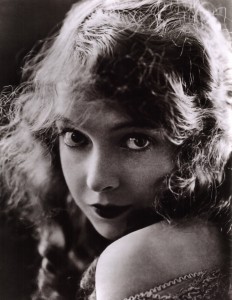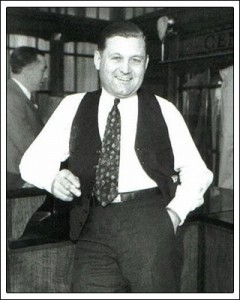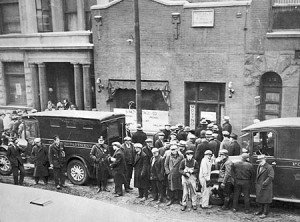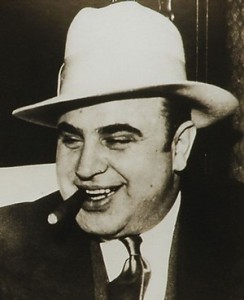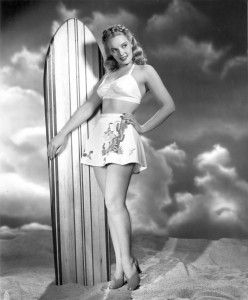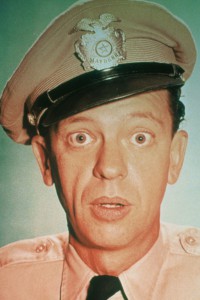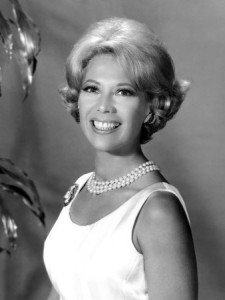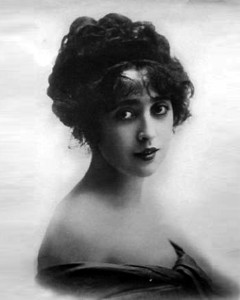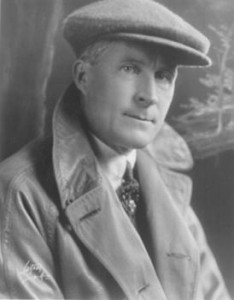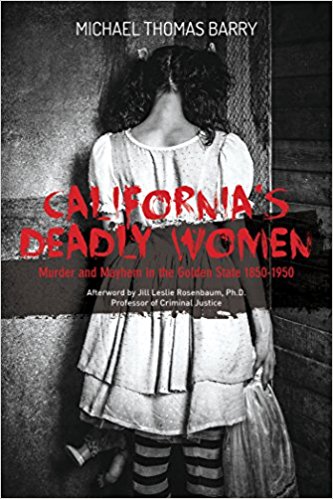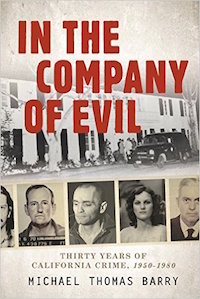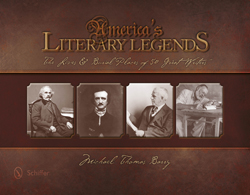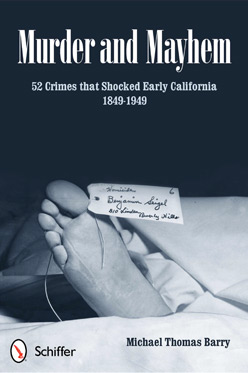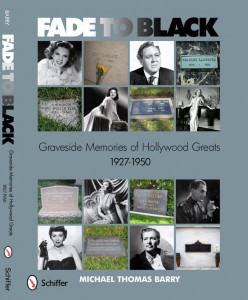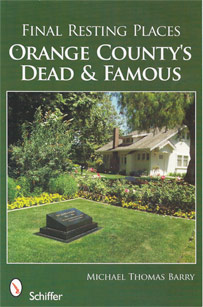03.03
Hattie Carroll (March 3, 1911 – February 9, 1963)
“The Lonesome Death of Hattie Carroll” was a song written by Bob Dylan and released on his 1964 album, TheTimes They are a-changin’ and gives a generally factual account of the killing of 51-year-old barmaid Hattie Carroll on February 9, 1963 by Billy Zantzinger (whom the song calls “William Zanzinger”), and his subsequent sentence to six months in a county jail. The lyrics are a commentary on the racism of the 1960s. In 1963 when Hattie Carroll was killed, Charles County was still strictly segregated by race in public facilities such as restaurants, churches, theaters, doctor’s offices, buses, and the county fair. The schools of Charles County were not integrated until 1967.
The main incident of the song took place in the early hours at the Spinsters’ Ball at the Emerson Hotel in Baltimore, Maryland. Already drunk before he got to the Emerson Hotel that night, Zantzinger, assaulted numerous employees. At the Spinsters’ Ball, he called a 30-year-old waitress a racial slur and hit her with the cane; she fled the room in tears. Moments later, after ordering a drink that Carroll didn’t bring immediately, Zantzinger cursed at her, called her a another derogatory name and struck her on the shoulder and across the head with his cane. After a delay of perhaps a minute, he complained about her being slow and struck her again. Within five minutes of the first blow to the head, Carroll leaned heavily against the barmaid next to her and complained of feeling ill. Carroll told co-workers, “I feel deathly ill, that man has upset me so.” The barmaid and another helped her to the kitchen. Her arm became numb, her speech thick. She collapsed and was hospitalized. Hattie Carroll died eight hours later.
Zantzinger was initially charged with murder but that was reduced to manslaughter, for which he was convicted on August 28, 1963 and sentenced to six months in prison. He was not tried by a jury of peers but by a panel of three judges. The sentence was handed down on the same day that Martin Luther King delivered his “I Have a Dream” speech. Bob Dylan, 22 at that time, was one of the celebrities at the march and on the journey home, read about the conviction of Zantzinger and decided to write a topical protest song about the case. He recorded it on October 23, 1963, when the trial was still relatively fresh news, and incorporated it into his live repertoire immediately, before releasing the studio version on January 13, 1964. The song continued to haunt Zantzinger until his death in 2009. Hattie Carroll is buried at the Baltimore National Cemetery in Baltimore, Maryland.


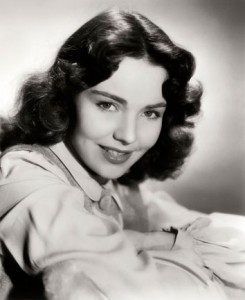
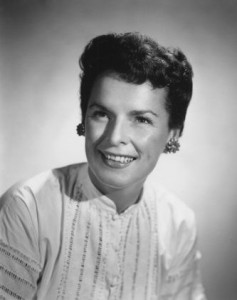
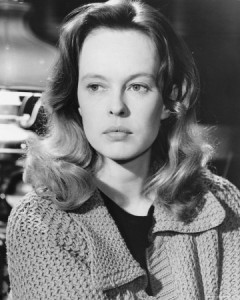

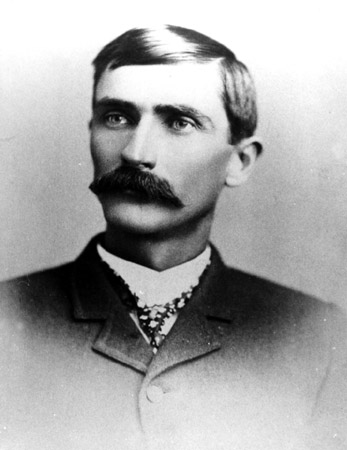



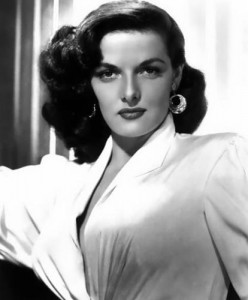
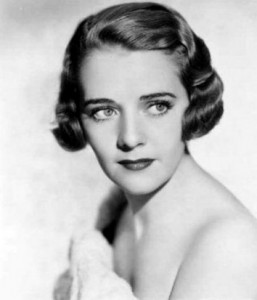
![Sickles_homicide[1]](https://michaelthomasbarry.com/wp-content/uploads/2012/02/Sickles_homicide1-300x215.jpg)

